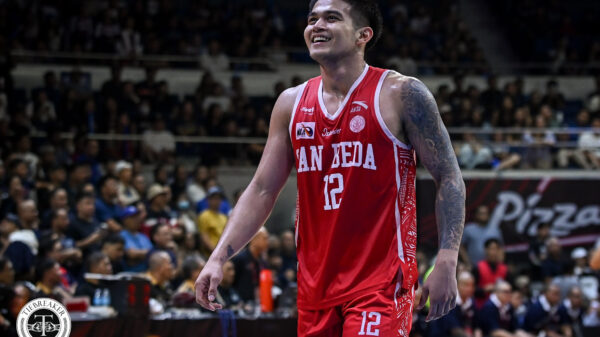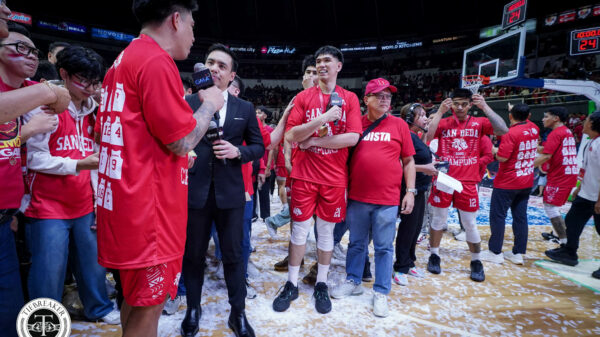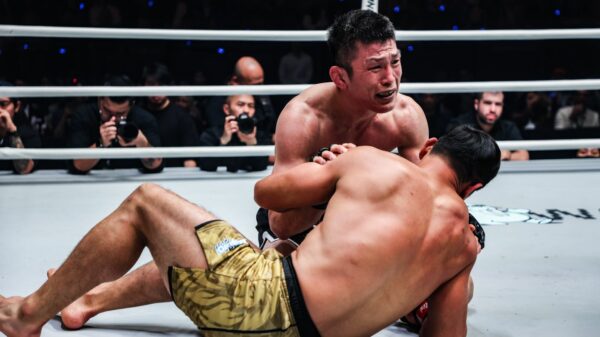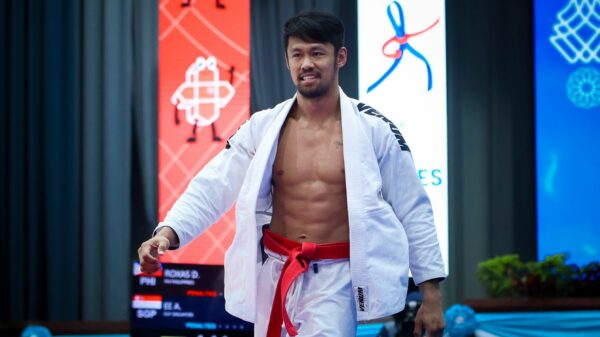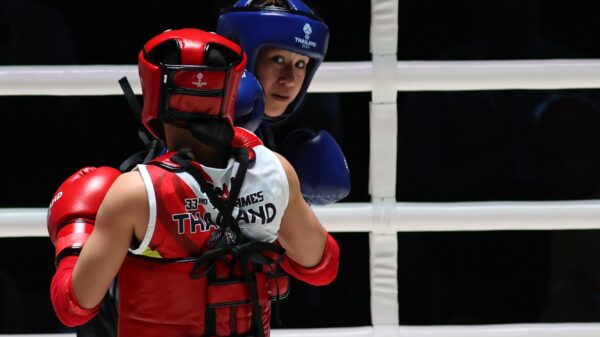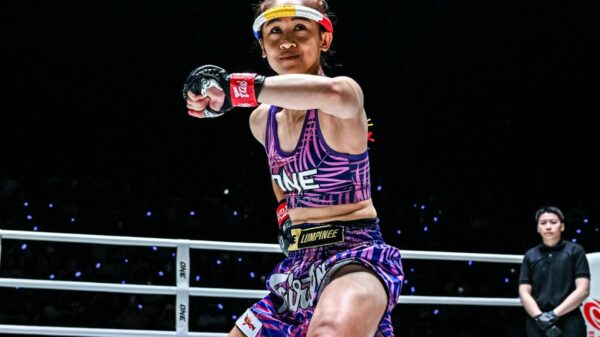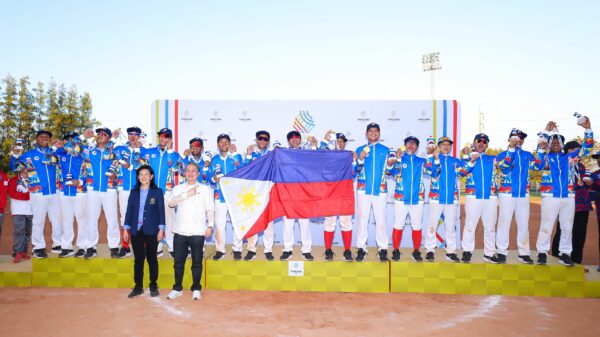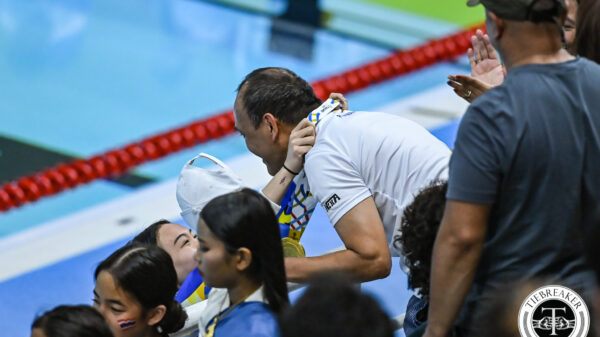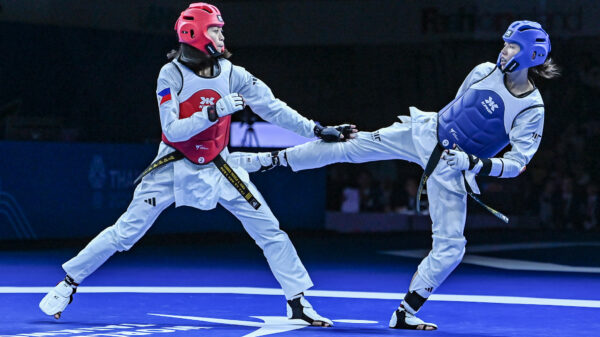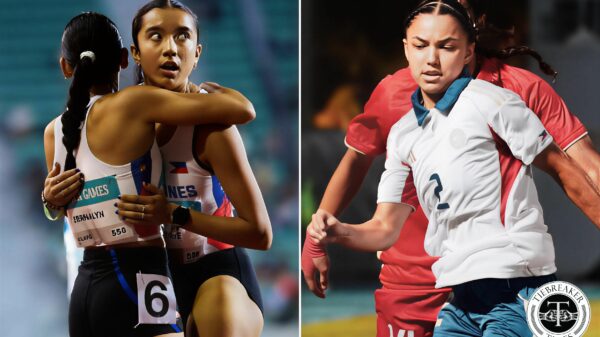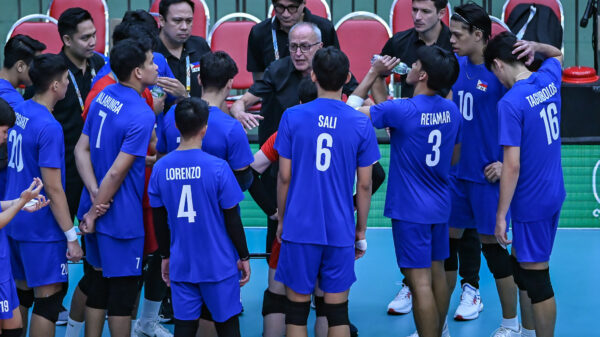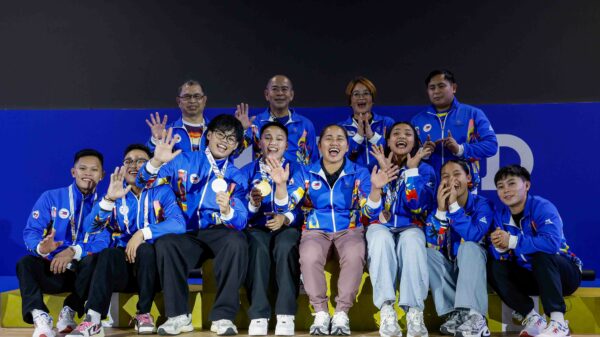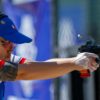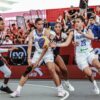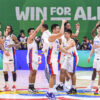United States head coach Steve Kerr won’t change a thing with the men’s program following another failed bid to reclaim glory in the FIBA Basketball World Cup.
The perennial contenders bowed to a deeper Germany by way of a 113-111 decision in the semifinals Friday night, marking the second time in a row that it missed the Big Dance since winning the Naismith Trophy in 2014.
“It’s different from most countries, but we’re unique,” the champion bench tactician offered during the postgame presser at the Mall of Asia Arena in Pasay.
 The loss subsequently raised questions if USA Basketball’s approach to international competitions, where a selection of NBA players is formed and sent into a training camp just a few weeks before a tournament, is still feasible.
The loss subsequently raised questions if USA Basketball’s approach to international competitions, where a selection of NBA players is formed and sent into a training camp just a few weeks before a tournament, is still feasible.
Kerr’s team, for one, was just formed seven weeks before the 2023 World Cup. They began the buildup in Las Vegas before flying out to Spain and Abu Dhabi, respectively, to take part in tune-up games against other national teams.
That formula has been in use for a long time now, and there’s no question that it has led to success. A prime example of which, of course, is the “Dream Team,” which took the world by storm and dominated the 1992 Summer Olympics.
But then, the world gradually caught up, and the US was no longer as feared as before. That’s mainly because most countries devised long-term programs developing national teams to become as competitive as they can be.
“This is not 1992 anymore,” said Kerr.
A key component of that is keeping a number players together and exposing that core to various competitions domestically and abroad to harness growth. Fast forward to now, that line of attack has proven effective.
Germany, for instance, kept some from the team that competed in the last World Cup in China, where they finished 18th. Since then, Die Mannschaft reached the Tokyo Olympics quarters before copping bronze in the FIBA EuroBasket 2022.
More national teams are more encouraged to think long-term especially when FIBA decided to tweak the World Cup format similar to that of football, where teams will have to go through qualifying windows to earn their tickets.
USAB’s approach to that change was to utilize G-League and college players, and then create a talent pool made up of NBA players for the World Cup proper. That has been their approach for two World Cup cycles now.
So far, it’s yet to yield success. The Americans bowed out of the quarterfinals back in 2019. Now, a semifinal exit against a team with four NBA players.
Kerr admitted that it would be difficult for the US to adopt that blueprint but he’s confident at the same time with how deep their pool has always been.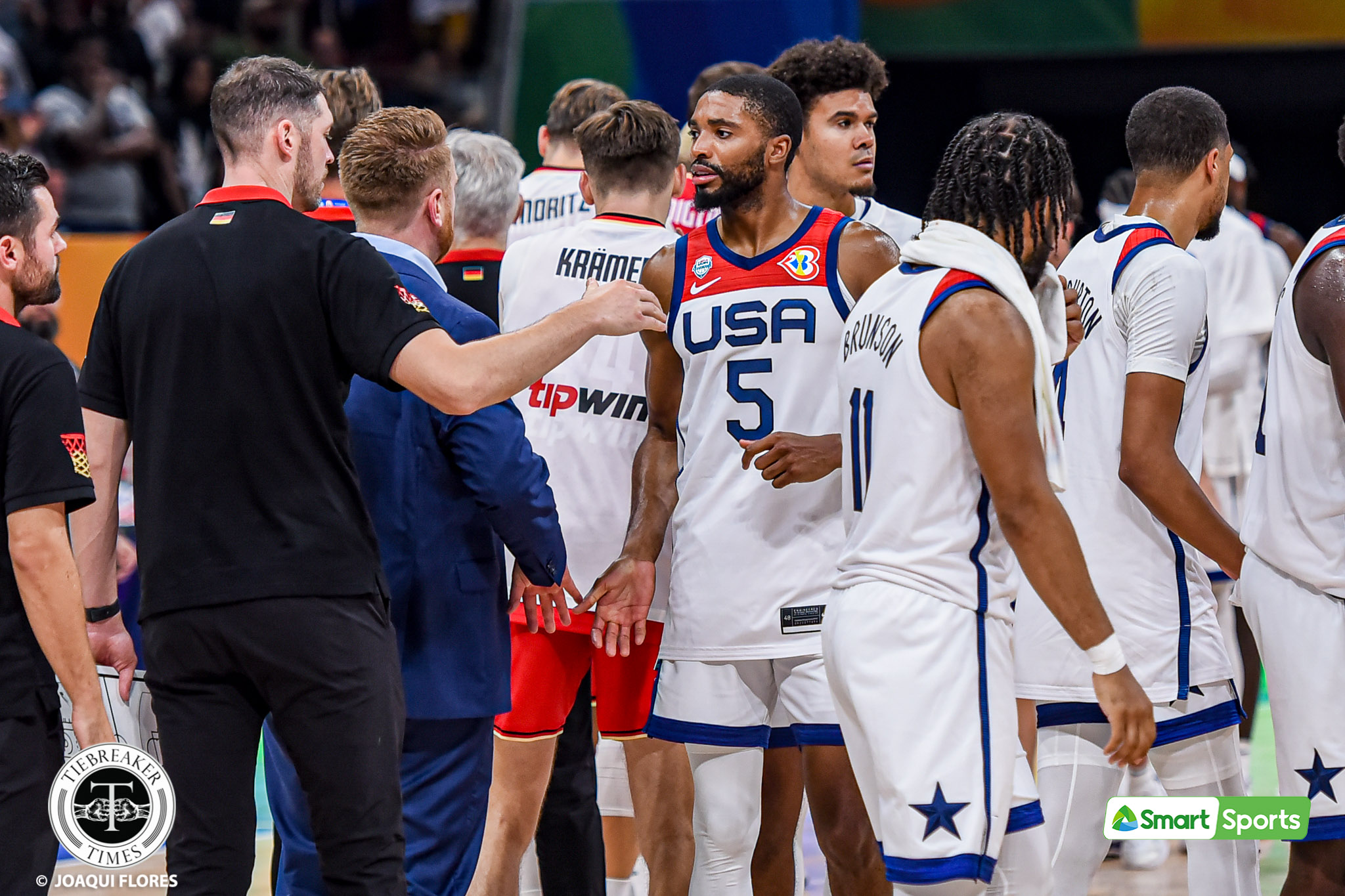
“I’m not sure how you would do that, if you want to ask the same 10 guys to play every summer. I think that’s unrealistic,” he said. “I love being part of USA Basketball. I think our players really enjoyed it as well.
“And part of the deal with USAB is you, you know, pass the baton on to the next coaching staff, to the next group of players… and we have a deep talent pool and a lot of very worthy players,” the Golden State Warriors head coach added.
“And, I think those players and coaches all deserve to have the honor of wearing this USA jersey.”











